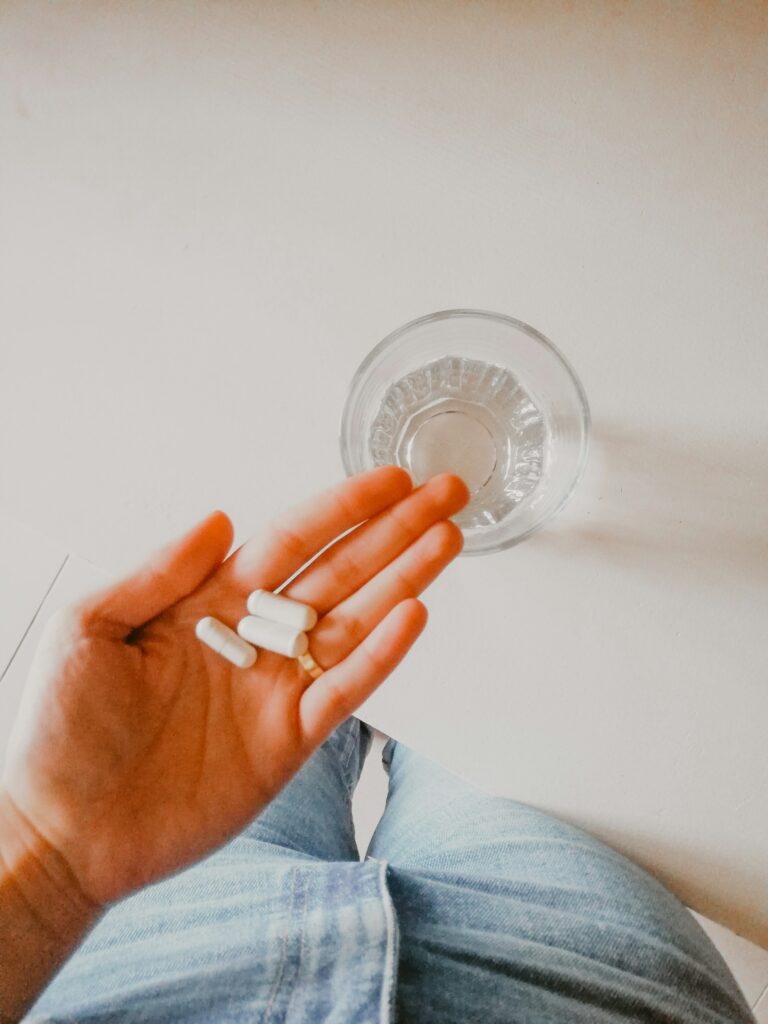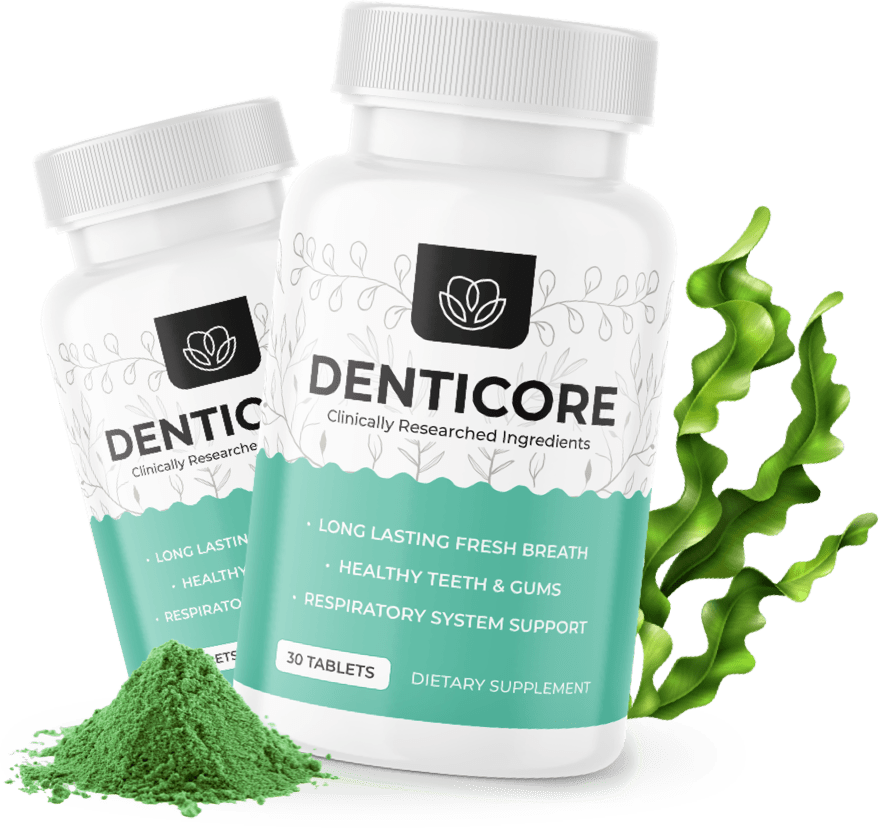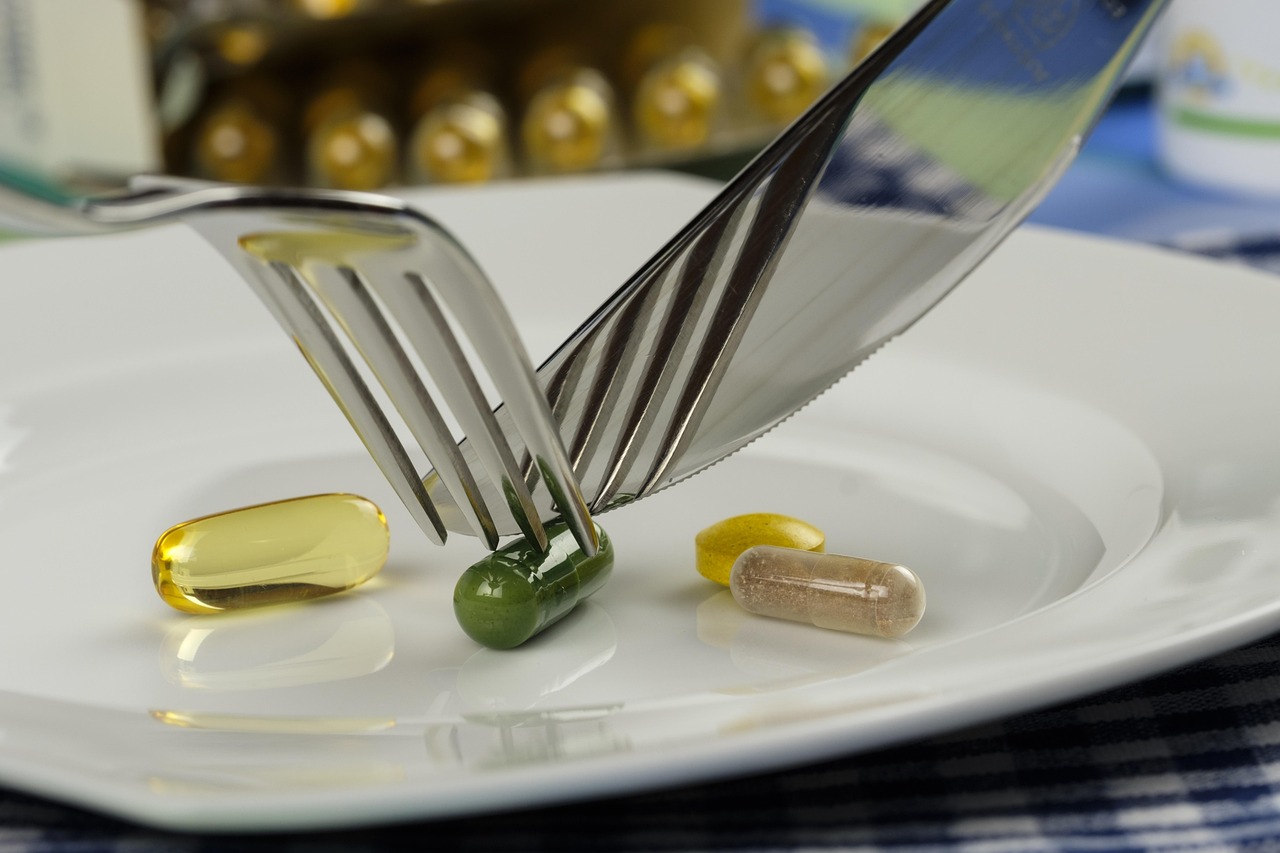Oral health is a fundamental pillar of overall well-being, with implications extending far beyond the mouth. Among the most prevalent conditions, periodontal diseases affect approximately 90% of adults globally, with severe periodontitis ranking as the world’s sixth most common disease. In this context, Coenzyme Q10 (Q10) emerges as a promising therapeutic agent. Recent research demonstrates that Q10 in oral health not only addresses nutritional deficiencies in gum tissue but also modulates inflammatory processes and accelerates healing. This article synthesizes current scientific evidence on the mechanisms, benefits, and clinical applications of Q10 for periodontal health.

1. Mechanisms of Action: Why Q10 is Essential
Biochemical Role and Periodontal Deficiency
Q10, or ubiquinone, is a critical component of the mitochondrial electron transport chain responsible for cellular energy (ATP) production. In metabolically active tissues like gums, adequate Q10 levels support cellular repair and immune function. Histological studies have identified significant Q10 deficiencies in inflamed gingival tissues of periodontitis patients, contrasting with normal levels in healthy gums. This deficiency impairs regenerative capacity and increases susceptibility to oxidative stress.
Antioxidant and Anti-inflammatory Action
Q10 acts as a potent fat-soluble antioxidant, neutralizing reactive oxygen species (ROS) generated by the immune response to bacterial plaque. In periodontitis, excessive ROS damages collagen, bone, and cell membranes. Research shows Q10 suppresses pro-inflammatory cytokines like TNF-α and IL-6 by inhibiting NF-κB pathways. A randomized controlled trial (RCT) with 42 diabetic patients showed a 58% reduction in gingival bleeding with Q10 supplementation alongside scaling.
2. Benefits of Q10 in Oral Health: Clinical Evidence
Tissue Recovery and Inflammation Reduction
Systematic studies confirm Q10’s impact on key periodontal parameters:
Pocket Depth Reduction (PPD): Oral supplementation of 120 mg/day for 12 weeks reduced PPD by 0.41 mm (95% CI: 0.02–0.80) versus placebo.
Clinical Attachment Gain (CAL): Meta-analysis of 8 trials showed average gains of 0.52 mm (95% CI: 0.26–0.78).
Bleeding Control (BOP): Topical Q10 gel (Perio-Q) applied for 6 weeks reduced bleeding by 62%.
Table 1: Clinical Effects of Q10 by Application Method
Formulation Dose/Protocol Primary Benefit Reference
Oral Supplement 120 mg/day × 3 months PPD reduction & CAL gain [1]
Topical Gel (Perio-Q) Subgingival 1x/week 45% lower gingival index [8]
Intrapocket Gel 1% Q10 gel carrier Improved post-SRP healing [3]
Effects on Systemic Conditions
Diabetic patients show remarkable responses to Q10. An RCT with controlled type 2 diabetics demonstrated that 100 mg/day Q10 for 30 days reduced pocket depth by 32% and improved clinical attachment by 24%, attributed to normalized mitochondrial function and reduced hyperglycemic oxidative stress. In smokers (5–20× higher periodontitis risk), Q10 counteracts nicotine-induced vasoconstriction and improves tissue oxygenation

3. How to Incorporate Q10 in Oral Health in Clinical Practice
Evidence-Based Protocols
Systemic Supplementation:
Dose: 50–200 mg/day (Ubiquinol for better absorption)
Duration: Minimum 6 weeks for measurable effects
Precautions: Avoid in anticoagulated patients (interacts with warfarin)
Topical Applications:
Gels (0.1–1% Q10): Direct application to periodontal pockets post-scaling. Superior efficacy when combined with mechanical therapy.
Toothpastes: 1% Q10 formulations reduce biofilm and gingival inflammation within 28 days.
Table 2: Q10 Integration Guidelines for Periodontal Management
Indication Primary Strategy Duration Monitoring
Moderate gingivitis Toothpaste + supplement 3–6 months Gingival Index (GI)
Chronic periodontitis Intrapocket gel + SRP 4–8 weeks PPD and CAL
Diabetic periodontitis Oral supplement (100 mg) 1 month post-SRP HbA1c & BOP
4. Practical Considerations and Limitations
Despite benefits, heterogeneous protocols and dose standardization gaps limit universal recommendations. A Nutrients (2023) review of 17 clinical trials found only 45% reported precise Q10 doses, while 70% had high bias risk. Topical gels also face gingival sulcus retention challenges, requiring repeated applications.
Synergy with Conventional Therapies
Q10 doesn’t replace scaling and root planing (SRP), the periodontal gold standard. Studies emphasize its adjuvant role: while SRP removes biofilm, Q10 modulates immune response and accelerates repair. For advanced bone loss, combinations with probiotics or vitamin D enhance anti-inflammatory effects.
Conclusion
Q10 in oral health represents an evidence-based strategy for periodontal disease control, particularly in cases resistant to conventional therapy or complicated by comorbidities like diabetes. Its triple action—energizing, antioxidant, and anti-inflammatory—targets core periodontitis mechanisms. To optimize benefits:
Assess deficiencies: Patients with persistent gingival inflammation may benefit from serum Q10 testing.
Combine administration routes: Systemic for whole-body effects, topical for site-specific action.
Monitor systemic parameters: In diabetics, Q10 may simultaneously improve glycemic control and gum health.
Incorporating Q10 into dental practice, alongside future standardized protocols, could revolutionize periodontal management.
Scientific References
Q10 efficacy as periodontal therapy adjuvant
Systematic review of Q10 administration in periodontitis
Impact of Q10 supplementation on periodontitis
Q10 in diabetic periodontitis patients
Periodontal disease pathophysiology
👉 Restore Your Oral Health Today!Don’t wait for gum problems to get worse. Try DentiCore and experience how a well-oxygenated mouth can transform your smile.
🔥 [Click here to order now with a special discount!
Also read: DentiCore Review: Oxygenating Support for Healthy Gums & Teeth. 2025





